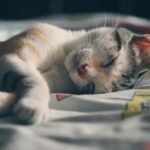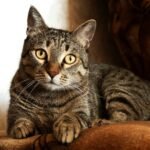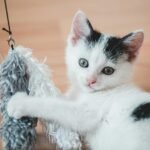When you walk into a veterinary clinic with your adorable new kitten, your vet probably won’t mention the long list of potential health issues that could arise. They don’t want to frighten you, after all. Yet veterinarians across the world share quiet concerns about certain purebred cats, breeds that look absolutely stunning but carry genetic baggage that can lead to years of expensive treatments and heartbreak.
Most pet owners are aware that certain dog breeds are more prone to health conditions than others, but the same is true of cats. All purebred animals are by definition inbred and therefore prone to health problems, making some breeds particularly challenging for first-time cat owners. Still, knowledge is power. Let’s dive into the breeds that make vets take a deep breath before delivering the news.
Persian Cats: The Beautiful Breathing Problem
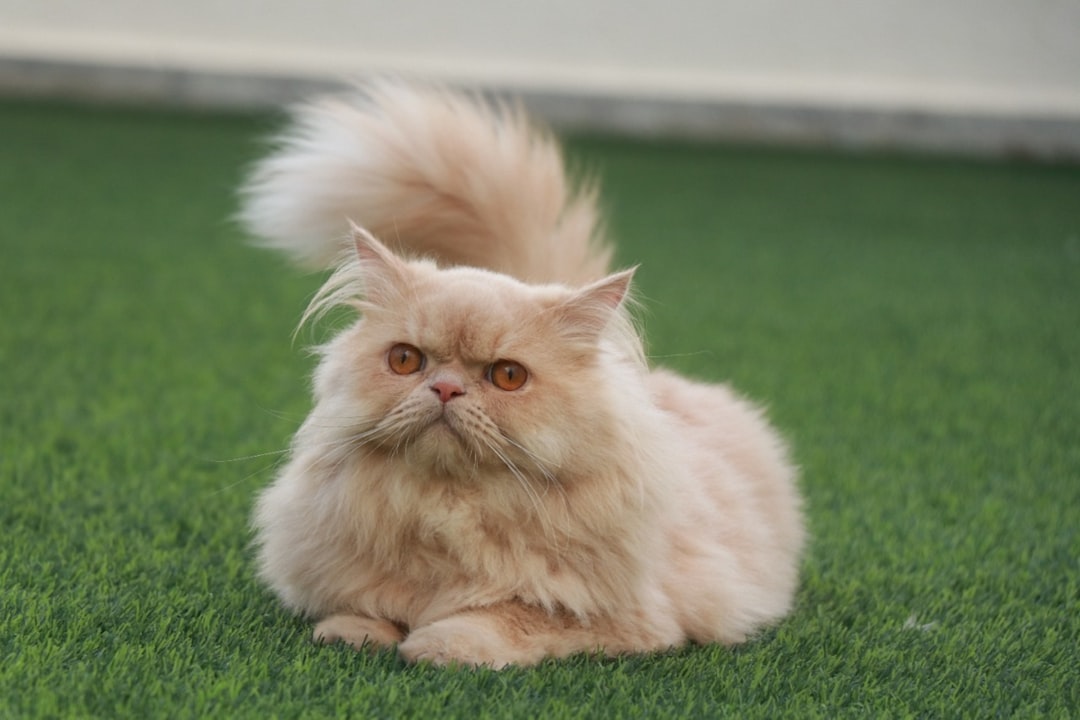
Persian cats are brachycephalic, which refers to their flat-faced appearance, and research shows that these long-haired felines often endure haircoat disorder, dental disease, overgrown nails, and eye discharge. Think about it this way: if you had to breathe through a nose that was essentially pushed flat against your face, you’d struggle too.
Due to their flat faces, Persian cats often experience breathing difficulties, a condition known as brachycephalic obstructive airway syndrome. Watch for signs such as snoring, labored breathing, and exercise intolerance. These breeds are also commonly born with polycystic kidney disease (PKD), a genetic condition where cysts grow on the kidney and destroy the organ over time. Many owners don’t realize their fluffy companion can’t run and play like other cats until it’s too late.
Scottish Fold: The Painful Price of Cuteness
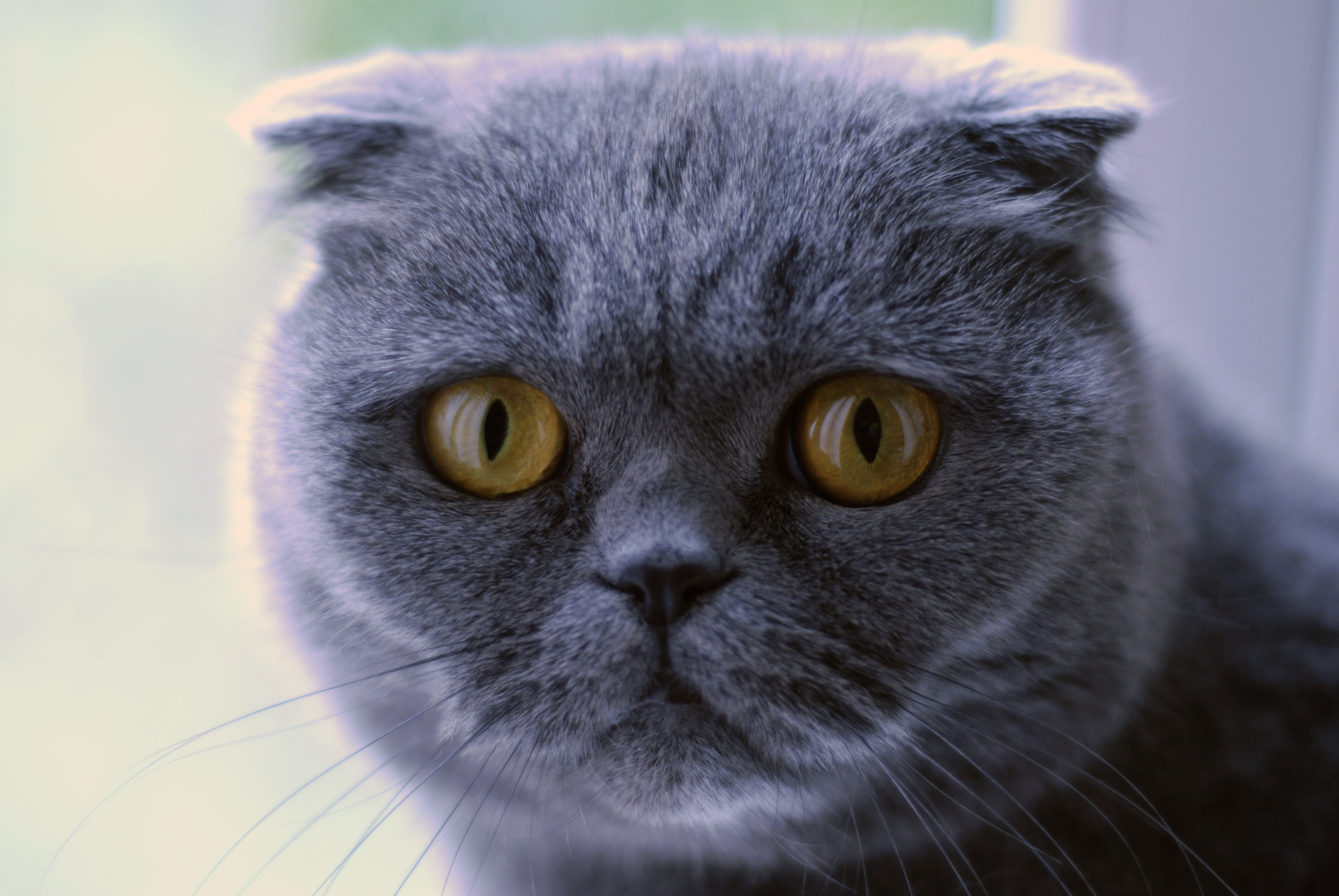
The cartilage defect that produces the folded ear appearance causes cats to suffer from a cartilage deformity throughout the body. This results in joint and mobility problems, arthritis, and chronic pain. Those adorable folded ears that make you go “aww” come with a devastating cost.
Their signature “fold” happens due to a lack of cartilage. This manipulation of their gene pool has led to a painful degenerative disease called Osteochondrodysplasia, also known as Scottish Fold Disease. This is a dominant trait, meaning all Scottish Folds have it. The worst of its effects include the fusing of the joints within the tail, ankles, and knees, resulting in abnormally short, misshapen, inflexible limbs. This means your cute kitten will likely face a lifetime of pain medication and mobility issues.
Sphynx Cats: High-Maintenance Hairless Wonders

Unlike furry felines, Sphynx cats lack fur, leaving their skin exposed. This can lead to issues like Urticaria pigmentosa: This genetic condition causes red, itchy bumps on the skin. As a result of hairlessness, Sphynx cats have no hair in their ears to protect them from excessive wax buildup and ear infections. It’s important to clean your cat’s ears regularly with pet-safe wet wipes or a cat-safe ear cleansing solution.
Studies suggest Sphynx cats have shorter lifespans than many other breeds. Hypertrophic Cardiomyopathy is a thickening of the heart muscle, a common concern in Sphynx cats. Early detection is vital. Difficulty breathing, lethargy, or sudden paralysis in the hind legs can be signs of HCM in advanced stages. These cats also require weekly baths and constant protection from both sun and cold temperatures.
Maine Coon: The Gentle Giants with Heart Problems
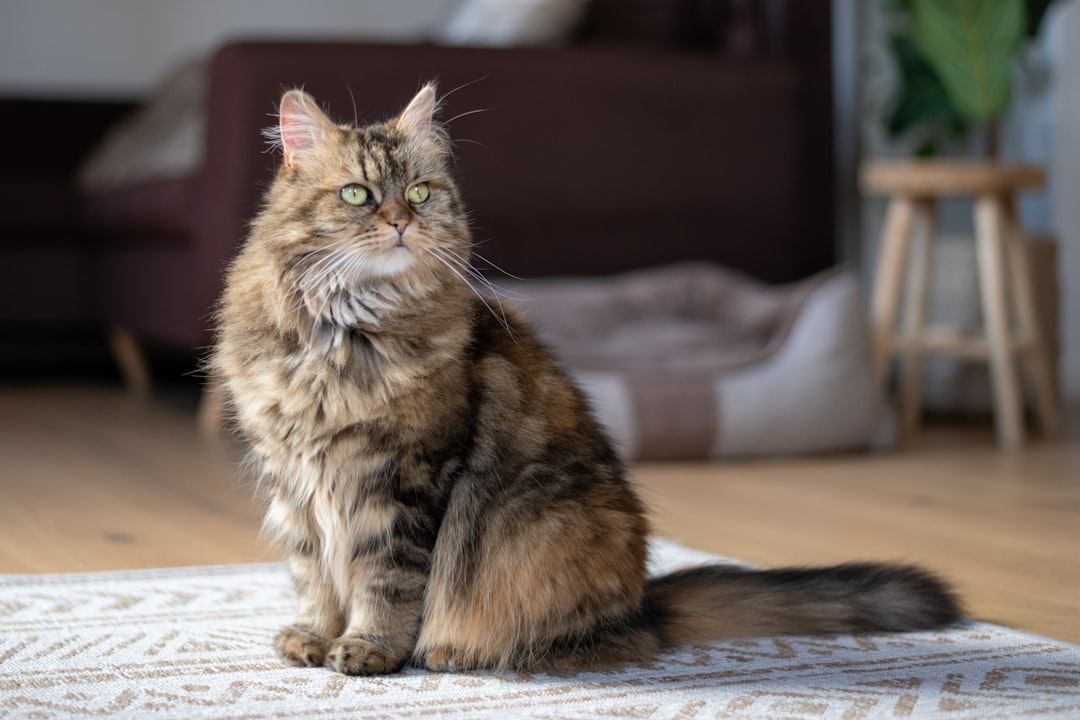
Maine Coons are prone to hypertrophic cardiomyopathy (HCM), a genetic heart condition that causes thickening of the heart muscles, impacting circulation. Symptoms may include lethargy, rapid breathing, and loss of appetite. These magnificent cats can weigh up to twenty pounds, but their size makes heart problems even more dangerous.
Maine coon cats – Hypertrophic cardiomyopathy (HCM) is a common heart disease in this breed that can lead to heart failure. Larger cat breeds, including Maine coons, are also susceptible to hip dysplasia. Health problems sometimes seen in Norwegian forest cats include hypertrophic cardiomyopathy, hip dysplasia, and glycogen storage disease type IV. This rare disorder causes an enzyme deficiency where glycogen can’t be processed properly, causing altered glycogen to build up in muscles and nerves. The disease is fatal – some kittens die before or just after birth, while others may not show signs of the disease until they are 4 or 5 months old.
Siamese: The Vocal Breed with Hidden Issues
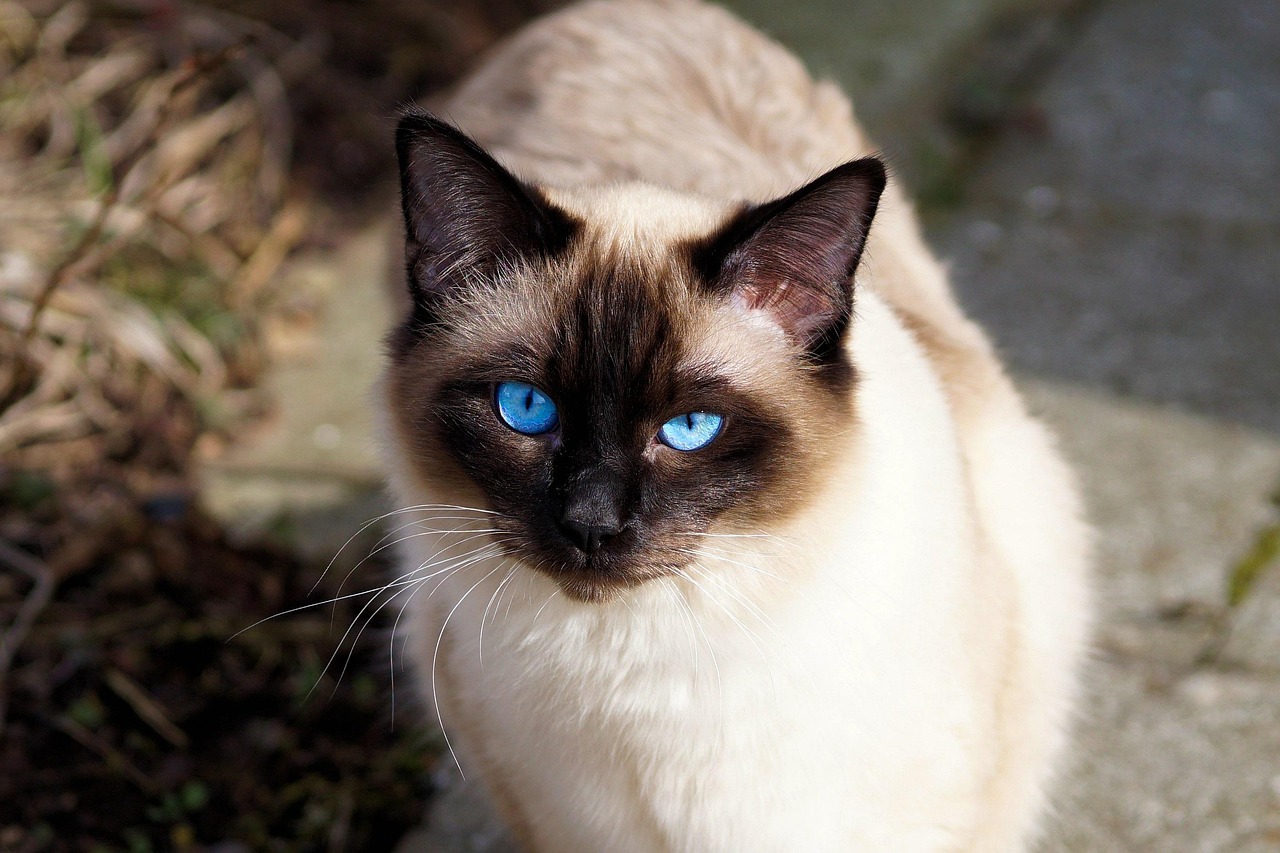
While Siamese cats do not have many physical health problems, they are prone to neurological issues including a type of obsessive compulsive disorder. Respiratory issues are also common in Siamese cats. Their narrow heads and elongated faces sometimes create breathing difficulties or sinus problems. Owners might notice that their Siamese cat sneezes often or has a runny nose.
Behavioral and neurological issues sometimes affect Siamese cats, too. They are more likely than other breeds to develop compulsive behaviors, such as overgrooming or wool sucking. Vets link these actions to stress, boredom, or genetic factors. These beautiful blue-eyed cats might seem perfect, but their intense personalities can mask serious underlying conditions that emerge over time.
Ragdoll: The Floppy Cat with Serious Conditions
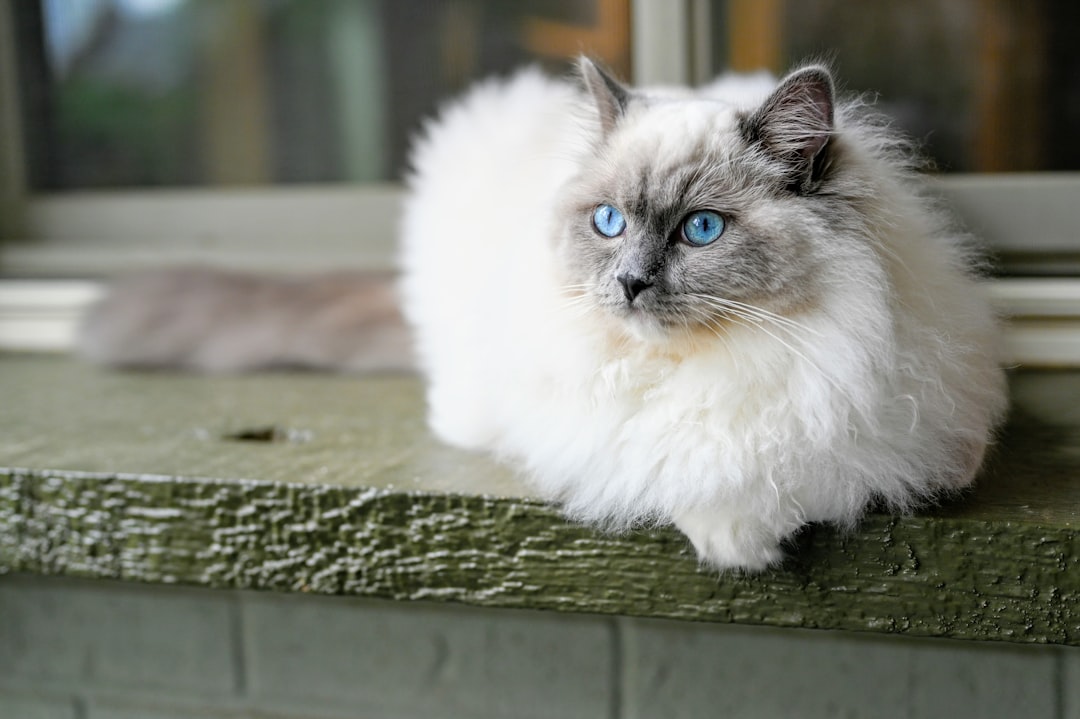
Roughly 30% of Ragdolls are born with a congenital heart defect that puts them at risk of cardiac disease. One disorder that afflicts Ragdolls at a higher rate than other breeds is hypertrophic cardiomyopathy (HCM). The hereditary condition hypertrophic cardiomyopathy (HCM) lurks within the Ragdoll breed. “It is a health condition where the cat’s heart muscle becomes too thick, making it harder to pump blood effectively.”
Some cats are born with an abnormal gene that causes polycystic kidney disease (PKD). Although Persians have the highest incidence of the disorder, Ragdolls are also considered a risk group. Urinary tract diseases, like cystitis and bladder stones, are common Ragdoll cat health issues. The breed can develop inflammations and infections in all parts of the urinary system, including the bladder, kidneys, ureters, and urethra. That docile, floppy nature they’re famous for might actually be masking pain or discomfort.
Bengal: The Wild-Looking Cat with Tame Problems

Bengal cats sometimes suffer from heart disease and degenerative eye conditions like progressive retinal atrophy. Mild to severe knee dislocation and hip dysplasia is also seen in this breed; severe cases may lead to lameness or require surgery. These exotic-looking felines were bred to look wild, but their genetics come with a price tag that extends far beyond the initial purchase.
Their stunning spotted coats hide a tendency toward joint problems that can significantly impact their quality of life. What makes this particularly heartbreaking is that Bengals are naturally active, athletic cats who love to climb and jump. Joint problems can rob them of the very activities that make them happiest.
British Shorthair: The Round-Faced Risk
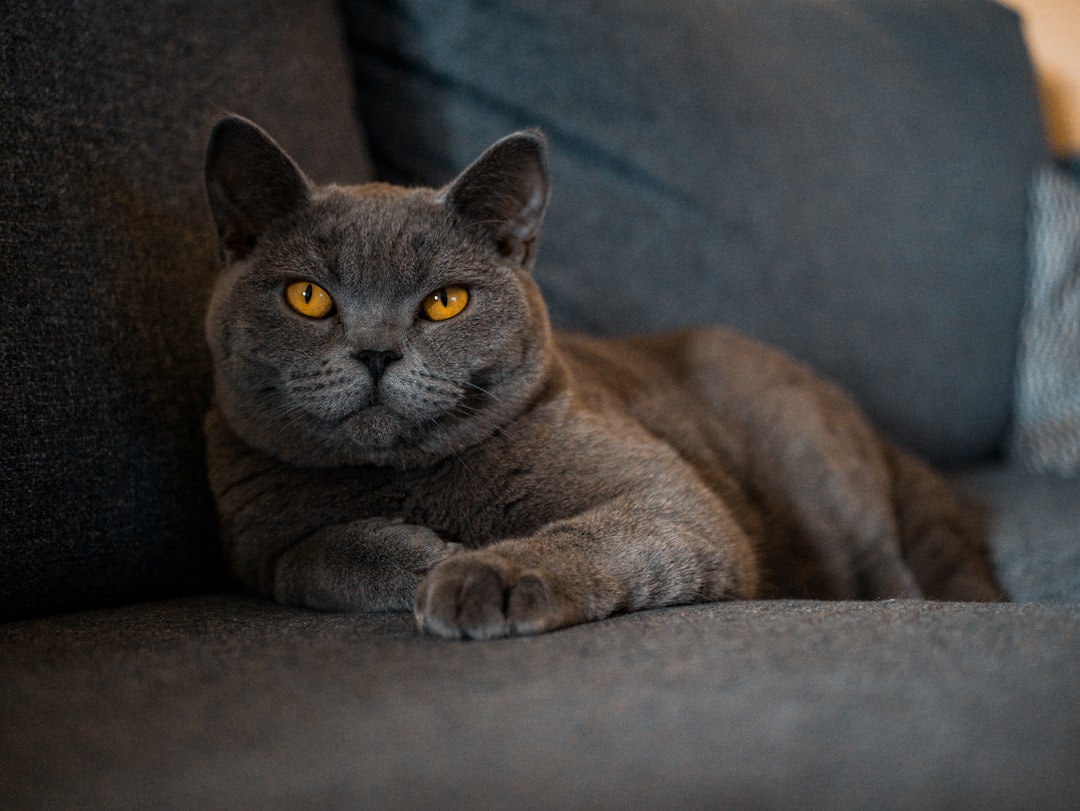
The British Shorthair generally has good health and there are few conditions it’s prone to. Polycystic kidney disease – this is likely because they’ve been bred with Persian cats in the past, and this is a condition Persians often suffer from · Hypertrophic cardiomyopathy – this is a type of heart disease Lack of activity can lead to obesity, which is a significant concern for breeds prone to weight gain, such as Persians or British Shorthairs.
Their calm, easygoing nature makes them wonderful companions, but it also means they’re less likely to get the exercise they need. Although British Shorthair cats are robust, they aren’t particularly athletic or lively, so talk to your veterinarian about the ideal portion size based on your cat’s individual requirements. Do not let your cat become obese, as this can lead to many health issues. Their round faces and stocky builds might look adorable, but they can hide serious metabolic issues.
Exotic Shorthair: The Persian’s Short-Haired Cousin
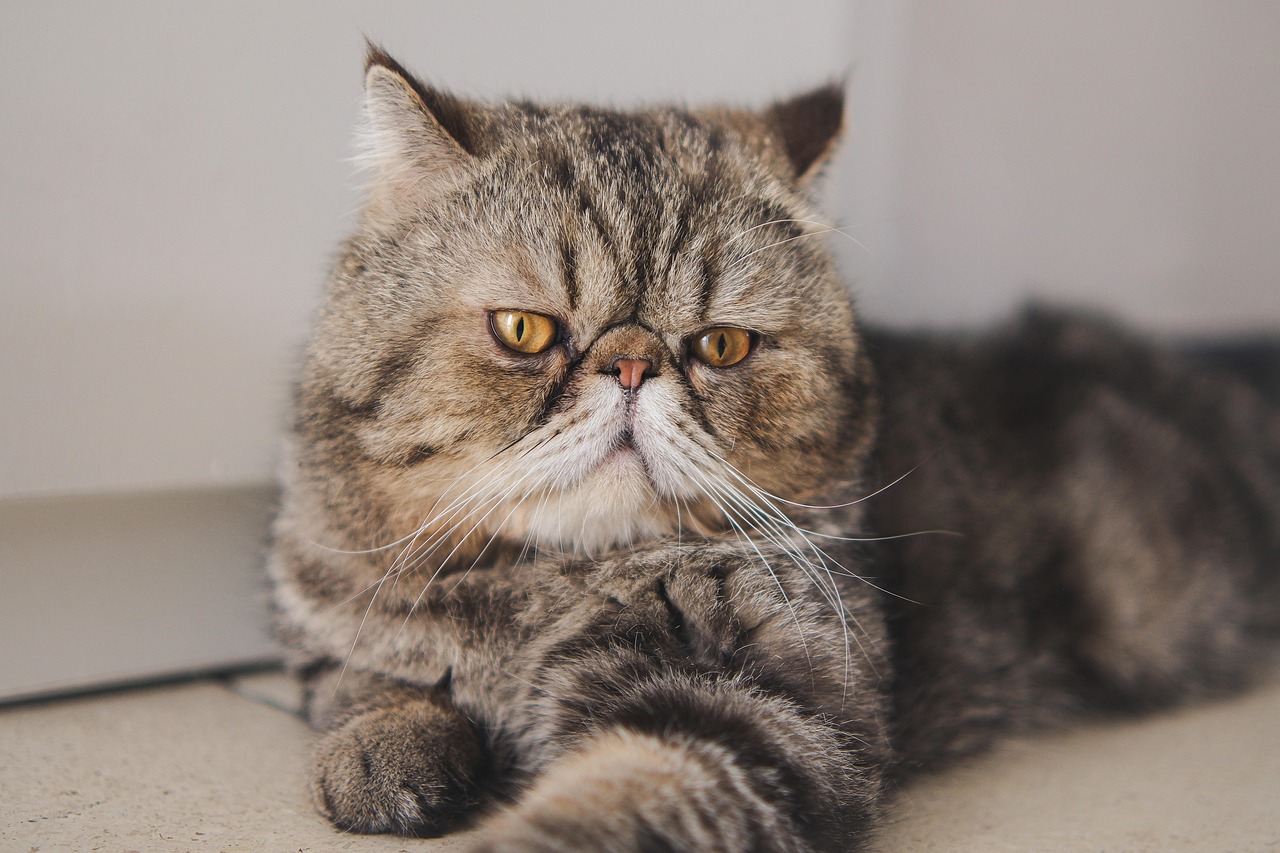
Breeders created Exotic Shorthairs out of a design to invent a short-haired version of Persians. These round-headed, snub-nosed, chubby-cheeked felines look a lot like their long-haired cousins, and they face many of the same issues as brachycephalics. This includes a predisposition for PKD, PRA, heart issues, and breathing problems as a result of the shape of their skulls.
Research has concluded that flat-faced cats also suffer persistent health problems. A 2017 survey of companion animal vets found that 86% had treated conformation-related health problems in brachycephalic, flat-faced cats which included Persian and exotic shorthair breeds. These cats were literally designed to have the same problems as Persians, just with easier grooming. The shortened coat doesn’t eliminate the breathing difficulties, kidney disease, or eye problems that plague their long-haired relatives.
Conclusion
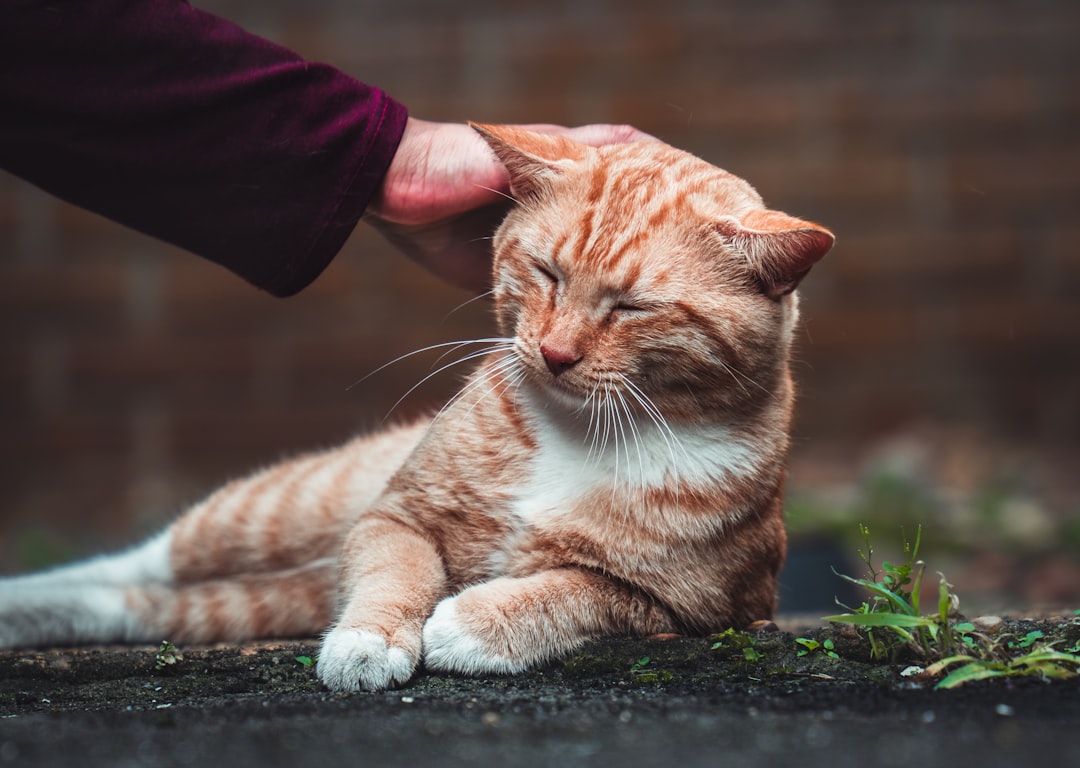
Understanding these breed-specific health concerns isn’t meant to discourage you from loving these beautiful cats. Rather, it’s about making informed decisions and being prepared for the reality of purebred ownership. Being aware of common health issues in certain breeds can help you provide the best care possible for your pet. Learning about these challenges allows you to recognize symptoms early and seek treatment when needed. Informed owners can often help their cats lead longer and happier lives.
Remember, every cat deserves love and proper medical care, regardless of their genetic predispositions. The key is working closely with a veterinarian who understands your breed’s specific needs and being financially prepared for potential health challenges. What do you think about these breed-specific health concerns? Tell us in the comments.

